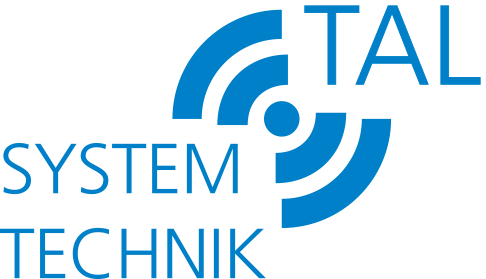Optimizing Energy Efficiency through Daylight Harvesting
As the world moves towards a more sustainable future, there is an increasing focus on finding ways to optimize energy efficiency in our buildings. One such method gaining attention is daylight harvesting, a technique that harnesses natural light to reduce reliance on artificial lighting sources. By strategically leveraging sunlight, buildings can not only save energy but also create a more comfortable and productive environment for occupants. Incorporating akustische dämmung, or acoustic insulation, into this process can further enhance the overall energy efficiency and comfort of a space.
Daylight harvesting is the practice of utilizing natural light to supplement or replace electric lighting systems in buildings. This technique involves maximizing the amount of daylight entering a space while minimizing glare and heat gain. Properly designed daylight harvesting systems take into account a building’s orientation, window placement, and the use of shading devices to ensure that natural light is distributed evenly throughout a space.
By reducing the need for artificial lighting, daylight harvesting can significantly decrease energy consumption in buildings. According to the U.S. Department of Energy, lighting accounts for around 20% to 40% of a commercial building’s electricity usage. By integrating daylight harvesting systems, this energy demand can be substantially mitigated. Additionally, studies have shown that exposure to natural light can positively impact human health and well-being, leading to increased productivity and improved mood among occupants.
Furthermore, incorporating akustische dämmung in buildings can contribute to optimizing energy efficiency through daylight harvesting. Acoustic insulation is a crucial component in reducing noise transmission, improving sound quality, and creating a more comfortable indoor environment. By carefully selecting insulation materials and designing spaces with acoustic comfort in mind, buildings can maintain optimal conditions for occupants while optimizing energy efficiency.
The synergy between daylight harvesting and akustische dämmung lies in their combined impact on a building’s overall energy consumption. By integrating efficient insulation materials, buildings can reduce thermal losses, minimizing the need for heating and cooling systems. Consequently, this allows daylight harvesting systems to more effectively regulate temperature and lighting levels, further reducing energy demands. The result is a more sustainable and cost-effective approach to building design and operation.
In conclusion, optimizing energy efficiency through daylight harvesting is a crucial step towards a sustainable future. By effectively utilizing natural light and incorporating akustische dämmung, buildings can significantly reduce energy consumption and create a more comfortable indoor environment for occupants. This integration of daylight harvesting and acoustic insulation marks a significant advancement in building design, ensuring that sustainability and occupant comfort go hand in hand. As we continue to seek ways to minimize our environmental impact, embracing these strategies can play a vital role in achieving our sustainable goals.
************
Want to get more details?
TAL Systemtechnik GmbH
https://www.tal-systemtechnik.de/
+49 7731 68405
Byk-Gulden-Straße 36, 78224 Singen
TAL Systemtechnik GmbH – Wir produzieren und liefern Ihnen konfektionierte Dämmstoffe nach Maß, Akustische Dämmung zur Schallisolierung, den TL flexibler Abgasschlauch hitzebeständig und diverse Schallschutzvorhänge für die Industrie.
